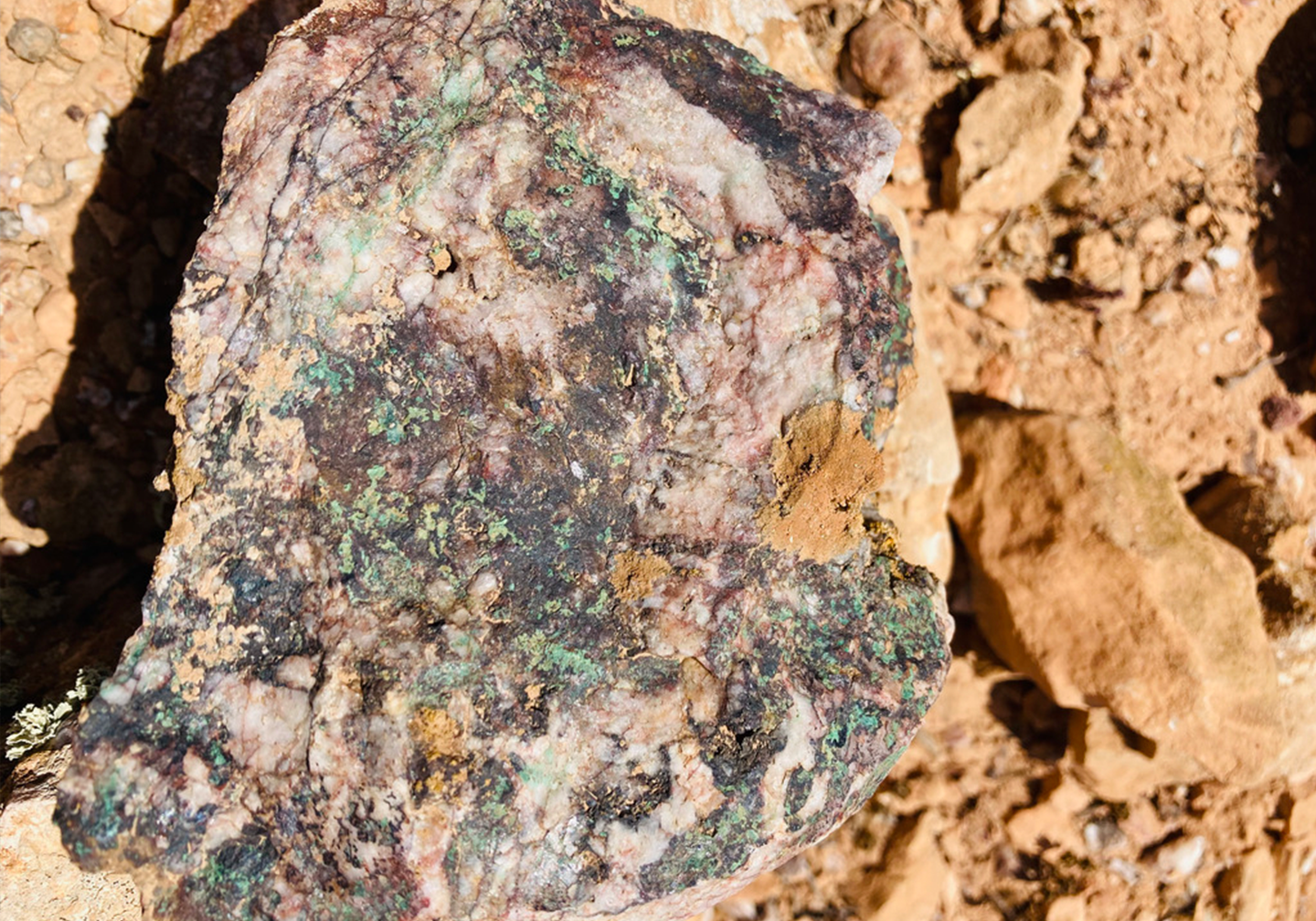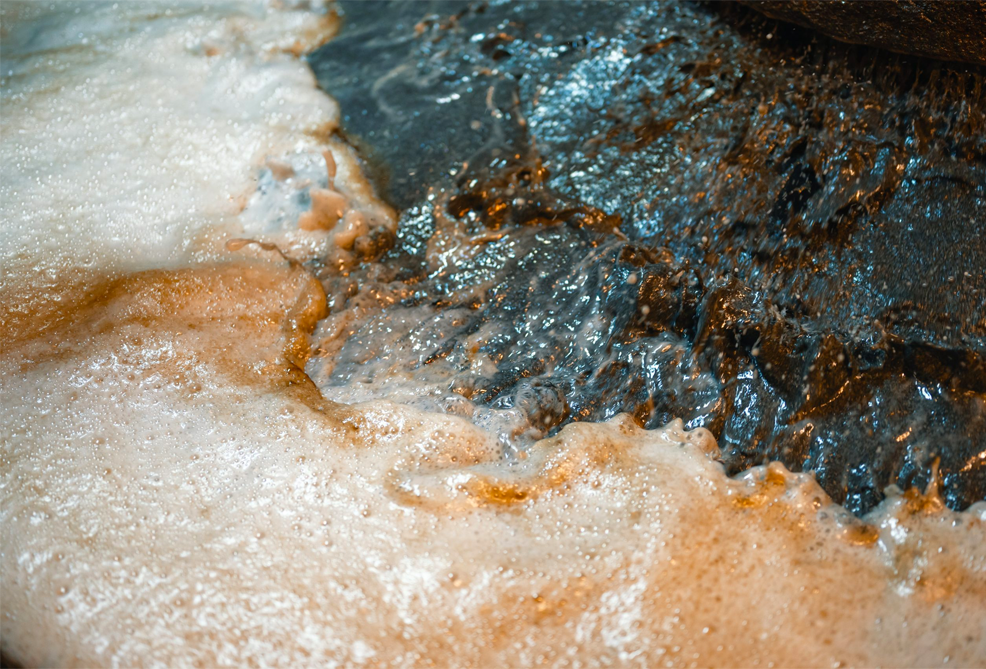Prospecting & Exploration
In order to optimize the exploration and valorization process of Red Rock Mining's (RRM) mining heritage, it has been decided to adopt a qualitative approach based on the stages of exploration (strategic and tactical), to be progressively deployed: Strategic Exploration: The primary objective is to illuminate mineralization indicators and research targets within our exploration permits. This unfolds through two key phases:
Tactical Exploration: This stage demands an in-depth understanding of research targets regarding extension, strength, mineralization type, grade, etc. It involves drilling work to validate, quantify, and certify the deposit, coupled with a comprehensive feasibility study. Simultaneously, a project feasibility study, encompassing impact and environmental assessments, is conducted to pave the way for deposit exploitation.
Phase 1: Initial exploration involves comprehensive assessment of all permits, gathering diverse information (geological, indicators, accessibility, etc.). This phase culminates in prioritized lists of identified indicators based on site fertility and potential.
Le cuivre est l'un des rares matériaux qui peut être recyclé à l'infini sans perte de performance.
Phase 2: Prioritized indicators from phase one undergo a subsequent exploration stage. Here, additional, primarily geological, work is conducted to identify high-potential targets for tactical exploration.
Strategic Exploration: The primary objective is to illuminate mineralization indicators and research targets within our exploration permits. This unfolds through two key phases:



Exploitation
Mining, after assessing potential benefits, involves extracting the rock containing copper ore, with a minimum content of 1%, usually from a vein, lode, or deposit. The extracted raw material is a resource that we exploit as part of our valorization. Our extraction method is primarily based on environmentally friendly techniques. Once the extraction phase is complete, we undertake land restoration. Our commitment is to minimize any negative impact on the environment, both before and after extraction. The extraction of copper ore is mainly done using two main techniques:
• Underground mining.
• Open-pit mining.
The choice between these two methods depends on various factors such as the depth of the deposit, its geometric configuration, geological and geomorphological context, ground impact, and the costs associated with extraction.

Valorization
The valorization of the extracted raw copper ore is a crucial step in the mining process, aiming to maximize economic profitability while minimizing environmental impacts. Once extracted, the raw copper ore undergoes several processing stages to extract the precious metal and purify it. The first stage, concentration, aims to increase the copper content of the raw ore, achieved through flotation. The valorization of raw copper ore transforms a raw natural resource into a final product of high grade and quality. This approach not only contributes to the profitability of mining operations but also promotes more sustainable resource management by reducing waste and optimizing the use of raw materials.

Our Product: Copper Concentrate
From copper-bearing rock in sulfide or oxide form, once crushed and ground, the raw ore is transported to flotation cells to separate the metal from mineral waste. Leveraging our expertise in flotation, we achieve a copper concentrate free from undesirable metals such as arsenic or antimony. The copper content of this concentrate hovers around 25%, while optimizing the presence of sulfur in the original raw ore. Our sole objective is to consistently uphold the high quality of our concentrate in accordance with international standards over time.


